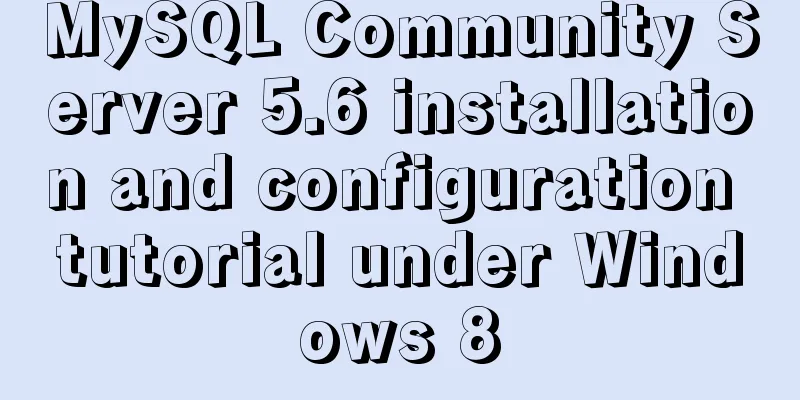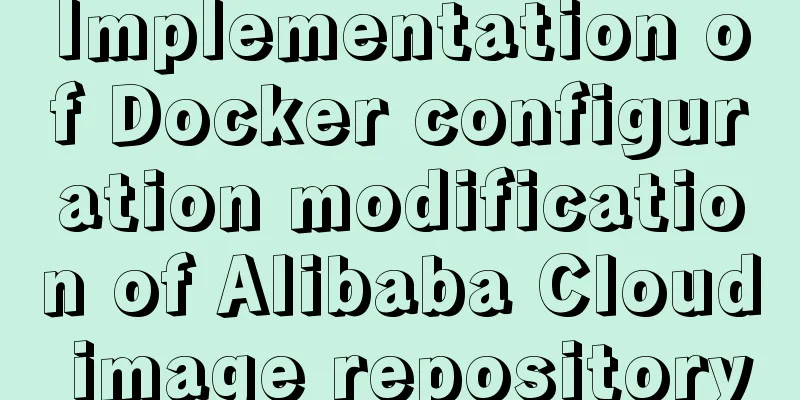Detailed tutorial on distributed operation of jmeter in docker environment

|
1. Build the basic image of jmeter The Dockerfile is as follows:
# Use Java 8 slim JRE
FROM openjdk:8-jre-slim
MAINTAINER QJP
# JMeter version
ARG JMETER_VERSION=5.1.1
# Install few utilities
RUN apt-get clean && \
apt-get update && \
apt-get -qy install \
wget \
telnet \
iputils-ping \
unzip
# Install JMeter
RUN mkdir /jmeter \
&& cd /jmeter/ \
&& wget https://archive.apache.org/dist/jmeter/binaries/apache-jmeter-$JMETER_VERSION.tgz \
&& tar -xzf apache-jmeter-$JMETER_VERSION.tgz \
&& rm apache-jmeter-$JMETER_VERSION.tgz
WORKDIR /jmeter/apache-jmeter-$JMETER_VERSION/bin
#Copy a jmeter.properties file from the current folder, and make sure to enable server.rmi.ssl.disable=true
COPY jmeter.properties .
# ADD all the plugins
ADD jmeter-plugins/lib /jmeter/apache-jmeter-$JMETER_VERSION/lib
# ADD the sample test
ADD sample-test sample-test
# Set JMeter Home
ENV JMETER_HOME /jmeter/apache-jmeter-$JMETER_VERSION/
# Add JMeter to the Path
ENV PATH $JMETER_HOME/bin:$PATHBuild the image docker build -t jmbase . Package upload docker tag jmbase dockername/jmbase docker push dockername/jmbase 2. Build the master machine image of jmeter The dockerfile file is as follows
# Use the jmbase base image FROM qjpdsg/jmbase
MAINTAINER TestAutomationGuru
# Ports to be exposed from the container for JMeter Slaves/Server
# Ports to be exposed from the JMeter Slaves/Server container EXPOSE 1099 50000
# Application to run on starting the container
# Start the container to run the application ENTRYPOINT $JMETER_HOME/bin/jmeter-server \
-Dserver.rmi.localport=50000 \
-Dserver_port=1099Build the image docker build -t jmmaster . Package upload docker tag jmmaster dockername/jmmaster docker push dockername/jmmaster 3. Build the jmeter client image The dock and file files are as follows # Use jmbase base image FROM qjpdsg/jmbase MAINTAINER QJP # Ports to be exposed from the container for JMeter Master EXPOSE 60000 Build the image docker build -t jmslave . Package upload docker tag jmmaster dockername/jmslave docker push dockername/jmslave 4. Run the jmeter client and get the IP address: Start the client container: docker run -dit --name slave01 jmserver /bin/bash docker run -dit --name slave02 jmserver /bin/bash docker run -dit --name slave03 jmserver /bin/bash Get client ip
docker inspect --format '{{ .Name }} => {{ .NetworkSettings.IPAddress }}' $( docker ps -a -q )Configure the IP address to the jmeter.properties of the jmeter master machine: Note that the client's server_port needs to be consistent with the master's server_port like: Set the address: remote_hosts=172.17.0.2:1099,172.17.0.3:1099 Copy to the jmmaster container: docker cp ./jmeter.properties jmmaster:/jmeter/apache-jmeter-5.1.1/bin/ 5. Start distributed testing: Enter the client container and run the jmeterserver service: docker exec -it slave10 /bin/bash jmeter-server Enter the master container and perform distributed testing: jmeter -n -t mywh.jmx -R172.17.0.2,172.17.0.3 This is the end of this article about distributed running of jmeter in docker environment. For more related content about distributed running of jmeter in docker, please search previous articles on 123WORDPRESS.COM or continue to browse the following related articles. I hope you will support 123WORDPRESS.COM in the future! You may also be interested in:
|
<<: An article teaches you how to implement a recipe system with React
>>: How to convert MySQL horizontally to vertically and vertically to horizontally
Recommend
Detailed explanation of how to solve the position:fixed fixed positioning offset problem
question CSS fixed positioning position:fixed is ...
Summary of the use of Datetime and Timestamp in MySQL
Table of contents 1. How to represent the current...
Alibaba Cloud applies for a free SSL certificate (https) from Cloud Shield
Because the project needs to use https service, I...
mysql backup script and keep it for 7 days
Script requirements: Back up the MySQL database e...
CocosCreator Typescript makes Tetris game
Table of contents 1. Introduction 2. Several key ...
How to get the real path of the current script in Linux
1. Get the real path of the current script: #!/bi...
How to manage cached pages in Vue
Table of contents Problem 1: Destruction 1. How t...
Implementation example of specifying container ip when creating a container in docker
When Docker creates a container, it uses the brid...
Detailed explanation of docker version es, milvus, minio startup commands
1. es startup command: docker run -itd -e TAKE_FI...
CSS example code for implementing sliding doors
The so-called sliding door technology means that ...
The meaning and usage of linux cd
What does linux cd mean? In Linux, cd means chang...
Let's talk about the characteristics and isolation levels of MySQL transactions
The Internet is already saturated with articles o...
Get the IP and host name of all hosts on Zabbix
zabbix Zabbix ([`zæbiks]) is an enterprise-level ...
How to set font color in HTML and how to get accurate font color in HTML using PS
1. HTML font color setting In HTML, we use the fo...
Detailed tutorial on how to install MySQL 5.7.18 in Linux (CentOS 7) using YUM
The project needs to use MySQL. Since I had alway...









